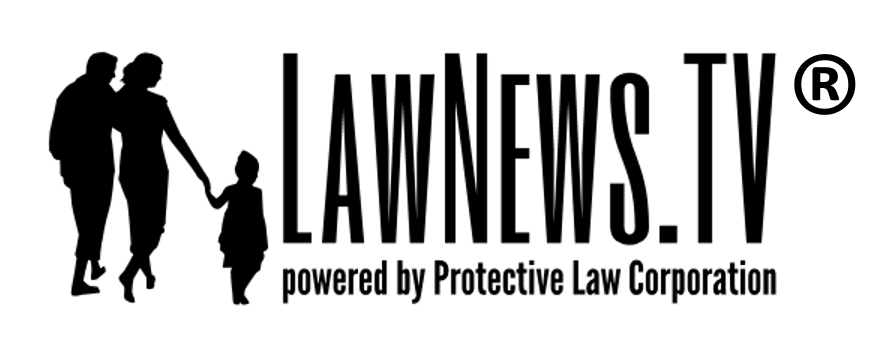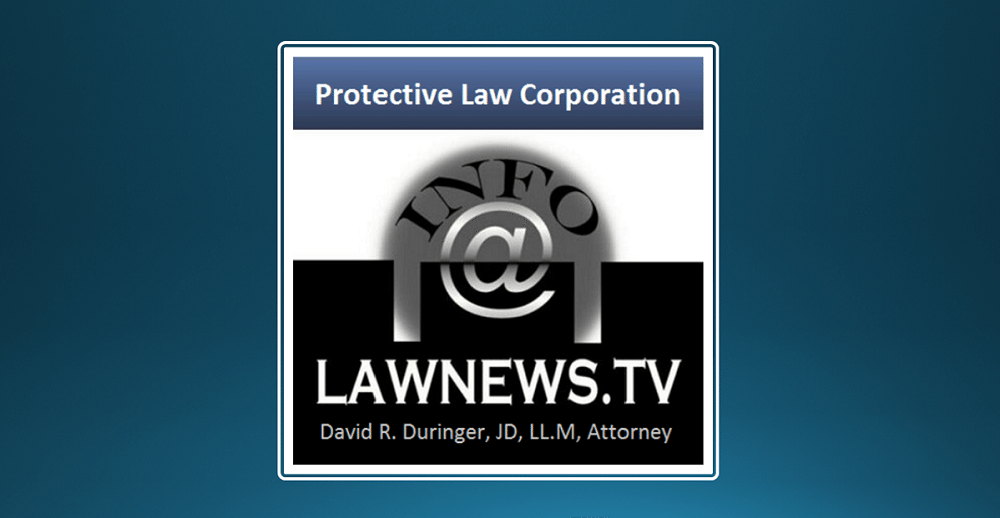Charitable Remainder Trust (CRT) planning can be quite complex, and the expenses involved usually are justified only with a very large gift to charity, well north of a million. Practically speaking most of this planning is tax-driven and must be to make it feasible, but the tax benefits are often not as simple and certain as they first appear (for example, capital gains tax being deferred, not eliminated) and other concerns such as replacing the wealth children lose to the charity may require complicated discussions about annual exclusion gifts to children and possibly expensive solutions such as life insurance, so while the tax planning is important, it is also almost always a practical necessity for the clients to have true charitable intent for a CRT to be worth pursuing. Which is good, because charitable intent is also a legal prerequisite for the tax planning to work.
Aside from obviously benefiting a charity you care about, and the common scenario of avoiding capital gains tax and diversifying investment by donating highly appreciated property to a CRT for sale within it, a charitable remainder trust can serve other goals such as estate size reduction and asset protection depending on how it is designed.
Given the possibility that death tax exclusions will soon be sharply reduced, there is increased interest among super high net worth (HNW) families, including several of my clients, in exploring the many options out there for estate size reduction, including the charitable remainder trust (CRT) option.
Check out this article here for a wide-ranging but plainly written discussion that goes a little more in depth on CRT planning.
If CRT planning is not for you, there are many other options for charitable planning. Obviously you can make lifetime gifts, for example either simple outright gifts or perhaps a charitable gift annuity (CGA) set up directly with the charity. With your estate plan you can make outright gifts of a specific dollar amount or perhaps a percentage gift of the remainder that would normally go to your children. You can also incentivize charitable giving by your children, within their subtrusts. Health and Education Exclusion Trust (HEET) planning (usually for very large estates) requires inclusion of a charitable beneficiary to work (apparently i invented the Gun HEET, which has recently attracted some interest and discussion, six years after i posted on it). There also may be options for using charitable trust planning together with your retirement plan. These are just a few examples scratching the surface, and if you have interest in charitable giving, we can help you look at all the options.








